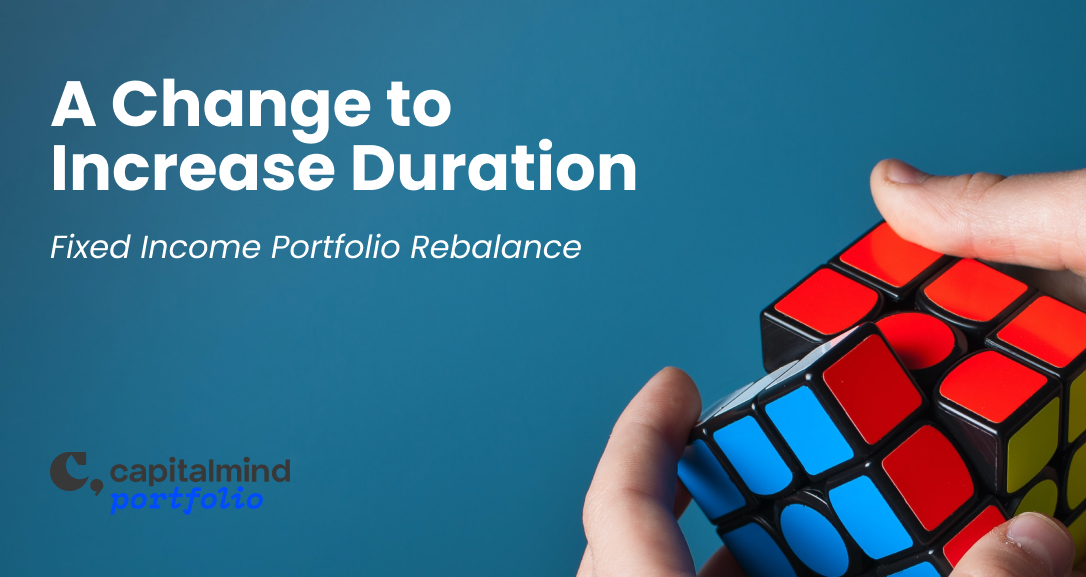There’s a New Fund Offer (NFO) of a Bond ETF in town. And it’s going to do the “safe” thing. The Nippon India CPSE Bond Plus SDL Sep 2024 ETF will:
- invest 50% in state development loans (SDLs)
- invest the remaining in debt issued by public sector companies (PSUs)
- close out all the debt by September 2024 and return money
This ETF has an open offer going on between November 3 and November 9, 2020.
What does this Nippon ETF invest in?
There is an underlying index called the NIFTY CPSE BOND PLUS SDL SEP 2024 50:50 INDEX which has the following instruments:
This is about 50% in five bonds, and the rest in the 10 different PSUs mentioned above. Of course if BPCL is sold, then they will substitute these bonds with some other PSU’s bonds.
How does this work? The fund will buy the above bonds which CURRENTLY have roughly the yield as mentioned above.
However, this is an NFO. They will collect the money now and invest it later, in a few days or weeks. The Yields will change by then.
Should you subscribe?
First, note that this is a DEBT FUND. This is not an equity fund. So you’re making fixed income returns.
Second, the yield is about 5.35% which is the yield to maturity. (As of October, which will change when they issue this) That means if you hold five years, you should roughly get about that much minus their expense ratio. To compare, the Edelweiss Bharat Bond 2025 is at 5.43% for about the same time. This is not much of a difference, but in the Edel bond you get to know exactly what they are invested in right now, so you can hold to maturity or such. However, we expect a little above 5% to be the actual return if held to maturity.
Third, there’s a time lag between now and the time the fund will actually, and then, you may be able to buy on the exchange instead of parking money right away. This has an area of uncertainty though.
Fourth, the fund has a marginally higher degree of safety considering the positioning is half state government bonds and half PSUs. But both these are safe only because they are “quasi” guaranteed by the central government. The financials of some of these companies are so bad that without the quasi-guarantee you wouldn’t even come close to their debt. (that’s why the equity suffers – it’s not guaranteed). States too have that problem: West Bengal for instance has such horrible financials that you need a strong surety that if WB doesn’t have money, the central government will pay. This assumption currently holds good, but there’s a risk that it may not, in the future.
Lastly, the yield is low but the post tax returns should be ok if held to maturity. A five year return of 5% even at 4% inflation is a post tax return of around 4.8%, which may be better than any other fixed income instrument there. Still, the Edelweiss bond comparatively outperforms in terms of yield, for roughly the same safety.
Our View
Given how the RBI is now buying state govt bonds too, it’s quite likely that interest rates that states will offer will be lower in the future. This will reduce the effective rate you will get on this ETF if held to maturity (2024). However a post tax return of 4.8% may sound attractive to a few people, who might consider this IPO.
There are alternatives. An IDFC Bank savings account now has 7% return pre-tax which is also roughly 4.8% for a person in the 30% bracket, with enough liquidity where you can add or remove money at will. An RBI bond locked in for 7 years offers 7.1% (floating) at a lower risk. A National Savings Certificate too has about 6.85% or so. You might want to consider those options instead.
Even within the ETFs, the Edelweiss Bharat Bond ETF 2025 may be a better bet given we know where it’s invested, and the risk is roughly the same. However, this ETF will list soon, and perhaps buying this at a discounted price on the exchange may change the economics. For now, we’ll just stay away.





